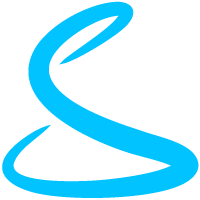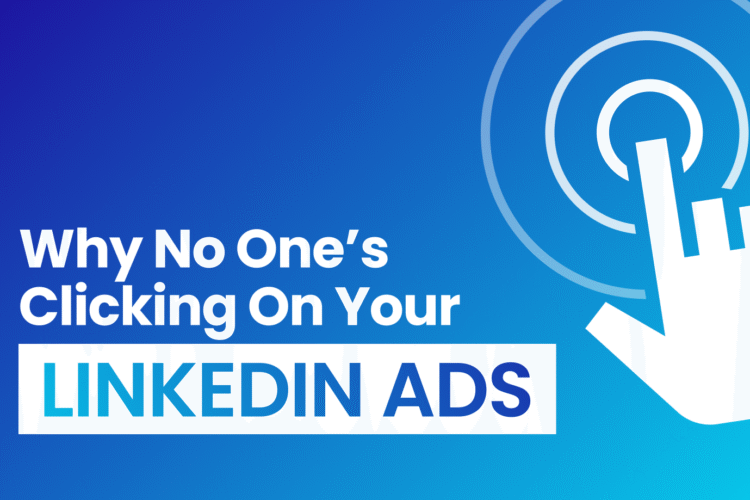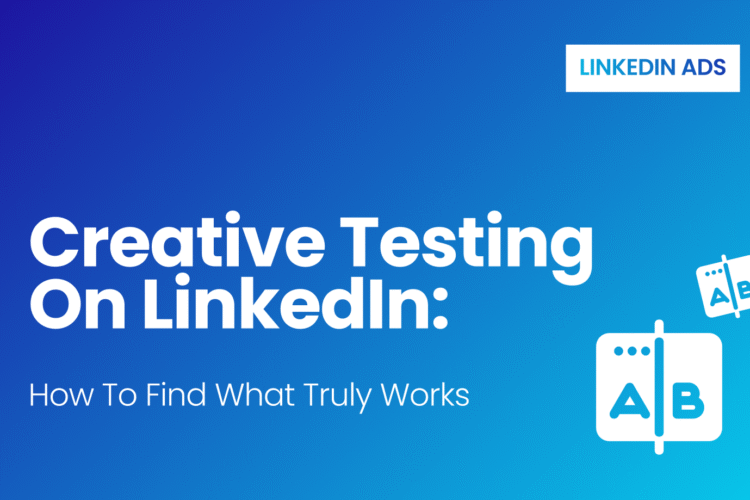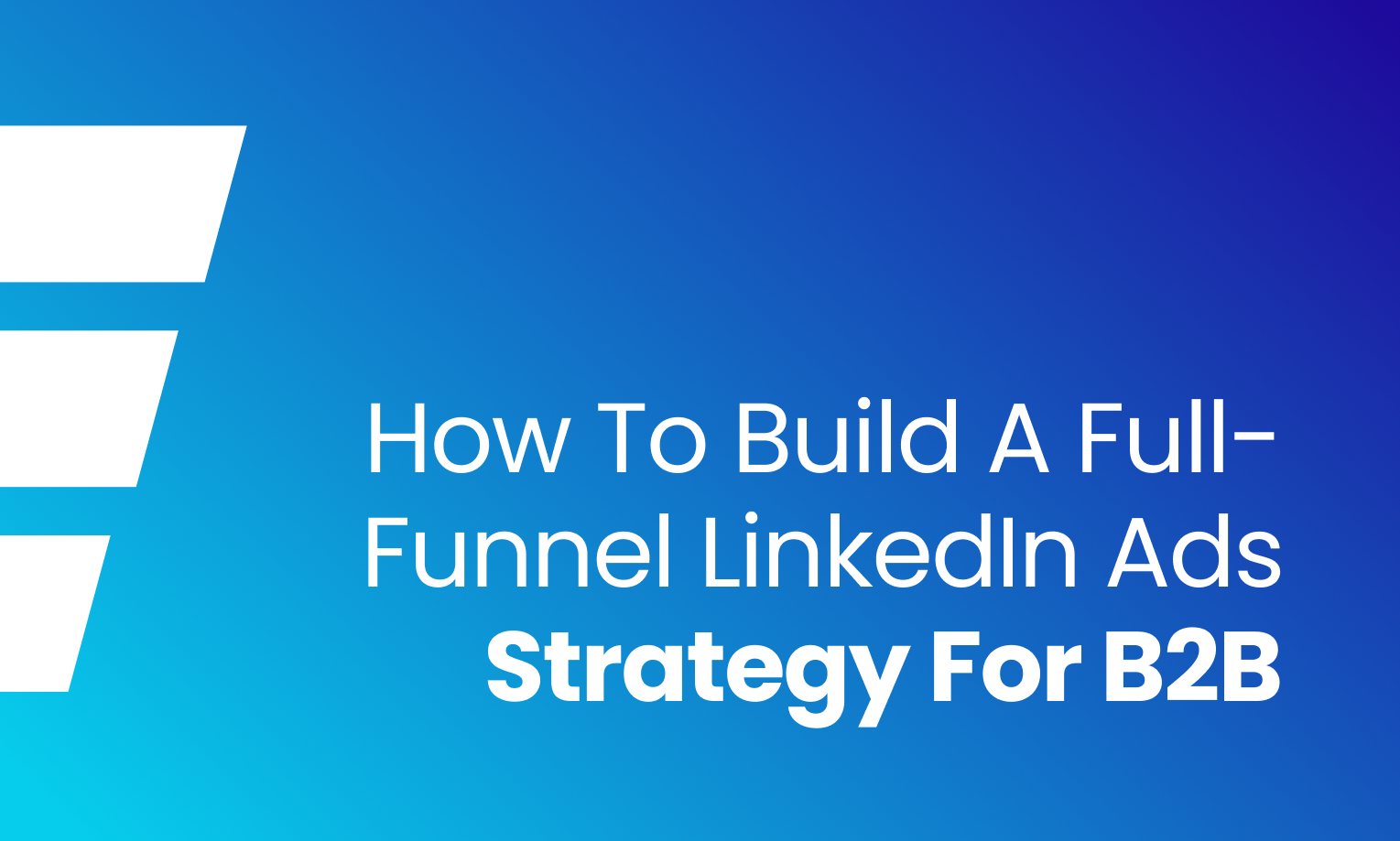
While big names on a B2B LinkedIn ad agency’s portfolio grab your attention instantly, it’s the small B2B projects that keep us, the marketers, on our toes.
Tight budgets, high expectations, fewer resources, and a very constrained space to make mistakes.
Most small B2B business owners think that they will learn the minute details, such as funnel building and analytics, on the go. But in hindsight, they realize they can’t afford to make as many mistakes- not with limited resources and tighter cash flow.
But why invent the wheel when you can take a relaxed, long car drive without stressing out?
That’s why I’m writing this article- to help you save the “try-and-test” hours on how to build a full-funnel LinkedIn ad strategy that works.
You’ll learn the different parts of a LinkedIn ads funnel and how to build frameworks for each stage to maximize the impact (and ROI) of your campaigns.
What Is a B2B LinkedIn Ads Funnel (And Why You Need One)
Think of a funnel as your customer’s journey. From the first time they hear your company’s name to the moment they finally book a demo, sign a contract, or make a purchase.
Without a funnel, you’re essentially throwing your ad budget into the wind and hoping something sticks.
With a well-structured LinkedIn ads funnel, however, you can:
✅ Visualize your customer journey in advance – no more guessing where the next lead will come from.
✅ Prevent lead leakage – make sure interested prospects don’t disappear because you failed to nurture them properly.
✅ Plan your content and ad messaging around the exact stage your ICP (ideal customer persona) is in.
✅ Improve your ROI – by spending your ad budget on what truly works instead of what “might” work.
In short, a funnel helps you spend less, convert more, and build predictability into your lead generation.
The 3 Parts of a B2B LinkedIn Ads Funnel
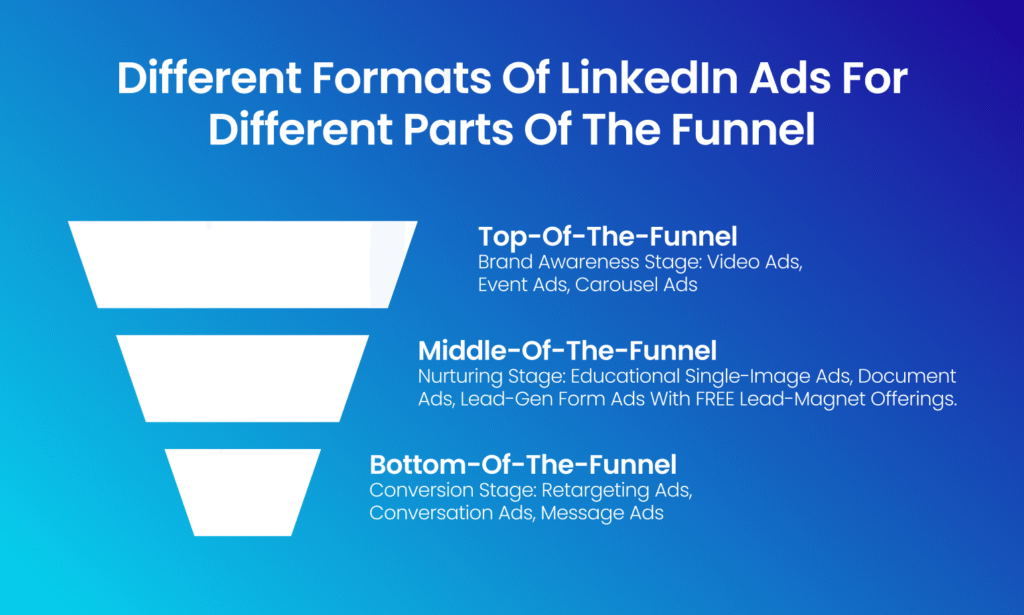
A full-funnel strategy usually includes three stages:
1. Top of the Funnel (ToFu): Awareness
Goal: Make your audience aware that your company exists.
At this stage, your prospects don’t know you – and probably don’t even know they need you yet. Your job here is to spark curiosity, not to sell.
💡 Best LinkedIn Ad Formats for ToFu
- Video Ads – Use short, high-quality videos to explain your problem space or introduce your brand story.
- Carousel Ads – Perfect for showing stats, client pain points, or visual storytelling.
- Event Ads – Promote webinars or panel discussions on relevant industry challenges.
Keep your messaging simple. You’re planting a seed here, not harvesting leads yet.
2. Middle of the Funnel (MoFu): Consideration
Goal: Educate and nurture your audience.
Now your audience knows you exist – and they’re interested. But they’re not ready to buy yet.
Here, you want to prove your expertise, build credibility, and provide value through content offers or lead magnets (whitepapers, guides, templates, etc.).
💡 Best LinkedIn Ad Formats for MoFu
- Single Image Ads – Ideal for promoting downloadable content offers.
- Document Ads – Allow users to preview your resource directly inside LinkedIn before filling out the form.
This stage is where most of our clients see the real traction begin because you’re no longer a stranger; you’re a trusted voice.
At Shivyaanchi, our MoFu-first LinkedIn ad approach has consistently generated 3–4 qualified leads every week for small B2B clients.
3. Bottom of the Funnel (BoFu): Decision
Goal: Convert warm leads into paying clients.
Now’s the time to close the deal. Your audience already knows your value- all you need to do is give them the confidence to choose you.
💡 Best LinkedIn Ad Formats for BoFu
- Sponsored Message Ads (InMail) – Personalize messages directly in your ICP’s inbox.
- Conversation Ads – Start a guided chat experience that feels natural and consultative.
This is where your sales enablement materials matter: case studies, testimonials, or limited-time offers can make all the difference.
How to Build a Full-Funnel for Your Next B2B LinkedIn Ad
Now that you know the funnel stages, let’s look at how to actually build one that works.
1. Define Your Audience
Start by defining who your ideal customers are.
Ask yourself:
- Which locations are they based in?
- Which industries are they part of?
- What job titles and seniority levels do they hold?
- What is the company size?
- Are you targeting multiple industries or just one niche?
LinkedIn gives you advanced filters to define your audience with laser precision. Use them smartly- don’t go too broad, and don’t go too narrow.
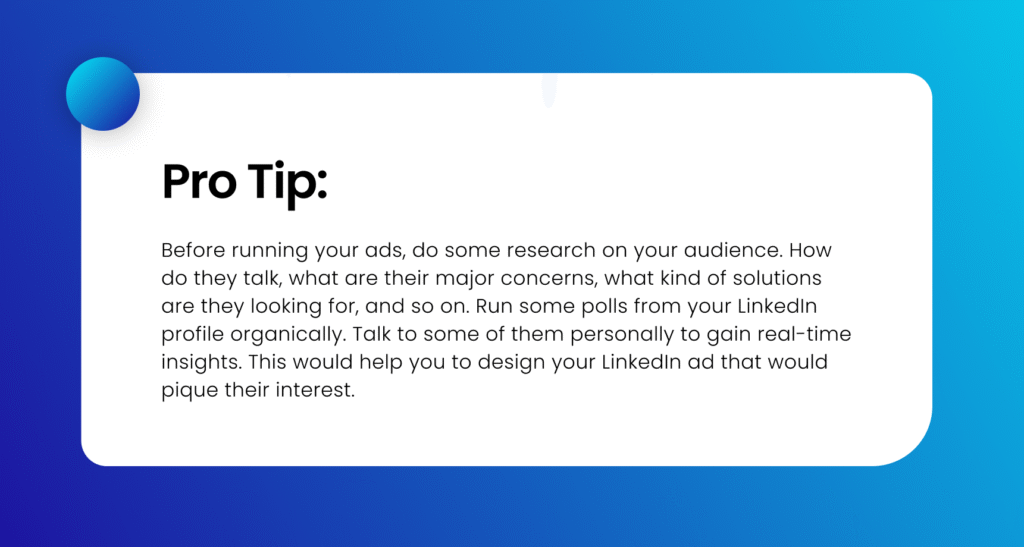
2. Outline the Common Variables for Each ICP
If you’re targeting multiple audience segments (say, HR directors and founders), list down the common threads among them.
- Pain points: What pain points do they face? How can your solution help them?
- KPIs: Which KPIs do they care most about?
- Agitation for attention: What would make them stop scrolling and click your ad?
This helps you streamline your messaging while still keeping your targeting sharp.
3. Set Your Campaign Goals for Each Funnel Stage
Every funnel stage needs a clear goal.
| Funnel Stage | Campaign Goal | Example KPI |
| ToFu | Brand Awareness | Reach, Engagement |
| MoFu | Lead Generation | Form Fills, CTR |
| BoFu | Conversion | Sales Calls, Booked Demos |
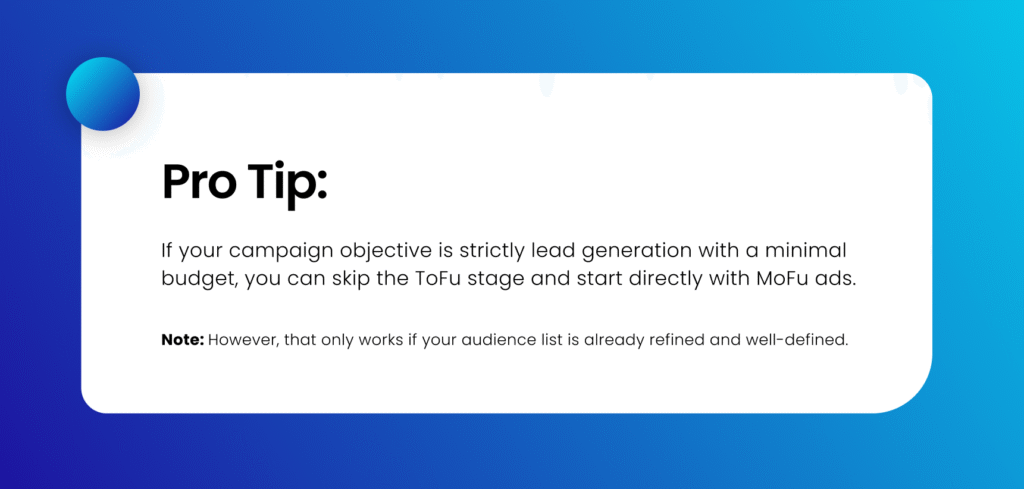
4. Create Ads Matching Each Funnel Stage
This is where your ad copywriting, visuals, and CTAs come into play.
For every stage of your funnel:
- Keep your creative and message aligned with the buyer’s mindset.
- Maintain consistent brand voice across all touchpoints.
- Always have a clear CTA (Download, Learn More, Register, Book a Demo).
👉 Example (if we ran a LinkedIn ad targeting HR consultancy agencies):
- ToFu ad: “The Hidden Cost of Poor Employee Retention- A Free Guide for HR Leaders.”
- MoFu ad: “Download Our 15-Point HR Checklist to Attract Better Talent in 2025.”
- BoFu ad: “See How [Your Company Name] Helped M&M Recruitment Increase Visibility 2x in 3 Months.”
📘 Check out our full case study on M&M Recruitment, where we restructured their entire digital marketing to attract manufacturing clients faster: Read the full case study here.
Just like with M&M, small B2B firms can achieve powerful results with a funnel-driven mindset instead of random campaigns.
5. Track, Analyze, and Optimize
Don’t set and forget.
Once your ads are live:
- Track CTR, conversions, and CPL regularly.
- Compare performance across creatives and audience segments.
- A/B test headlines and ad descriptions.
LinkedIn’s Campaign Manager gives deep insights- use them weekly. The faster you iterate, the better your campaign performance gets.
The Final Thought
A LinkedIn ad funnel is not just a marketing structure. It’s a strategy safety net for small B2B businesses.
It helps you visualize the journey before spending a dollar, ensures you don’t lose potential leads midway, and gives your campaigns the stability needed to grow systematically, even on a limited budget.
At Shivyaanchi, this exact framework has helped dozens of small and mid-sized B2B businesses stay competitive and generate leads consistently- regardless of industry or geography.
So, before you launch your next LinkedIn ad, take out a whiteboard, map out your funnel, and start building your growth – one ad at a time.
